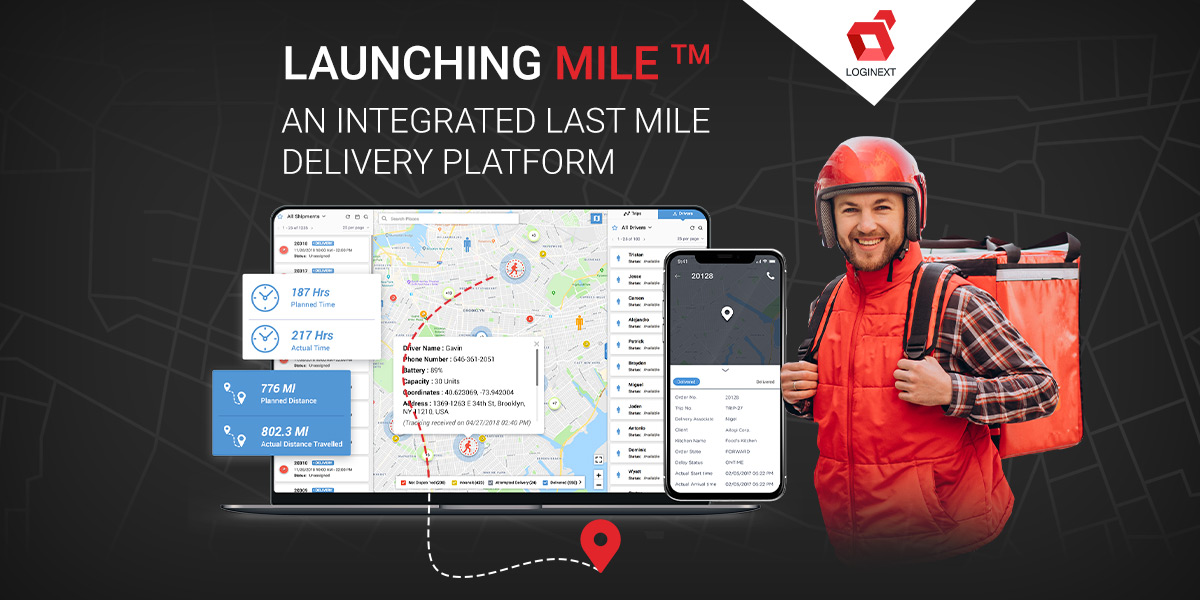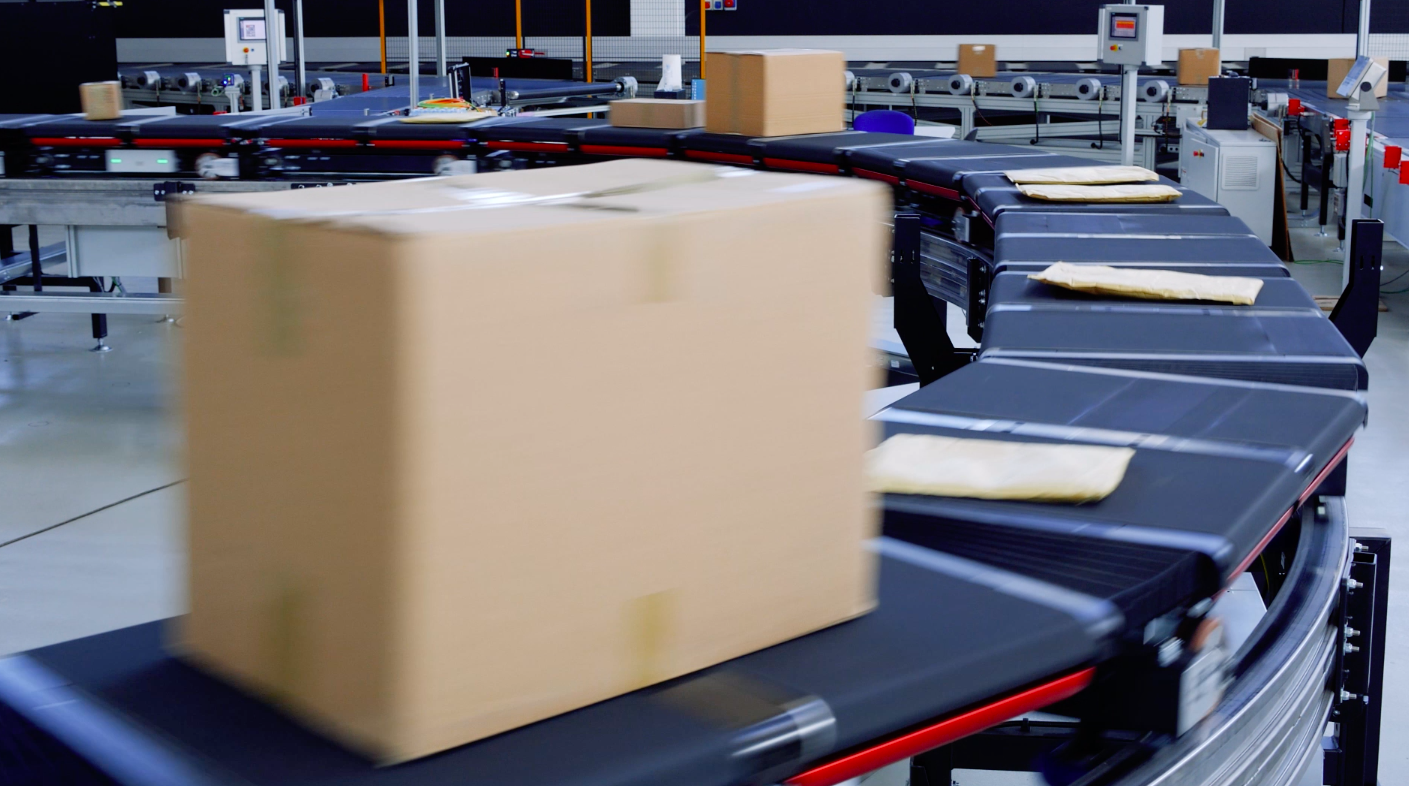LogiNext, a global technology company on a mission to optimise and automate delivery management for enterprises, has launched MILE, an integrated last-mile delivery platform.
This is the first time a cloud-based software has brought together various elements in the shipper, carrier and dispatcher ecosystem to deliver a Transportation Management System 2.0 which LogiNext calls a Transportation Automation Platform.
Legacy on-premise software has existed for the logistics industry, but this is the first time all elements of delivery management have been brought together under one SaaS offering. An integrated last-mile delivery platform is an interconnected ecosystem of web applications and mobile apps for operation managers, CSCOs, delivery partners and end customers to ensure a seamless last-mile delivery experience.
“On demand delivery has skyrocketed in the past two years with a major shift in consumer behaviour due to the pandemic. Same-day delivery is the norm and consumers now expect deliveries in a preferred time window with real-time delivery communication. To ensure brands can deliver up to the promise, we’ve launched LogiNext MILE to help our clients in various industries provide a world-class delivery experience to the end user,” said Dhruvil Sanghvi, Chief Executive Officer of LogiNext.
Brands like McDonald’s, UPS or Walmart can use the LogiNext MILE portal to collect all orders (via their own app, third-party aggregators, etc.), and then the AI-powered route planner generates trips for drivers on the LogiNext driver’s app. The entire delivery experience is digitally recorded to give insightful data and analytics which ensures delivery compliance.
Enterprises in various industries – CEP (Courier, Express, and Parcel), QSR Chains, eCommerce & Retail, and Transportation – are using LogiNext MILE to reduce costs, improve operational efficiency and deliver a brilliant customer experience.
“We’ve built a plug-and-play product which enterprises are using to go live instantly to automate delivery management, be it a B2B or B2C play. Brands are seeing delivery efficiency shoot up 20% within a few months and this helps tremendously in increasing revenues and staying ahead in the curve of digital transformation that the world of logistics is going through,” said Dinesh Dixit, VP of Client Excellence, LogiNext.





